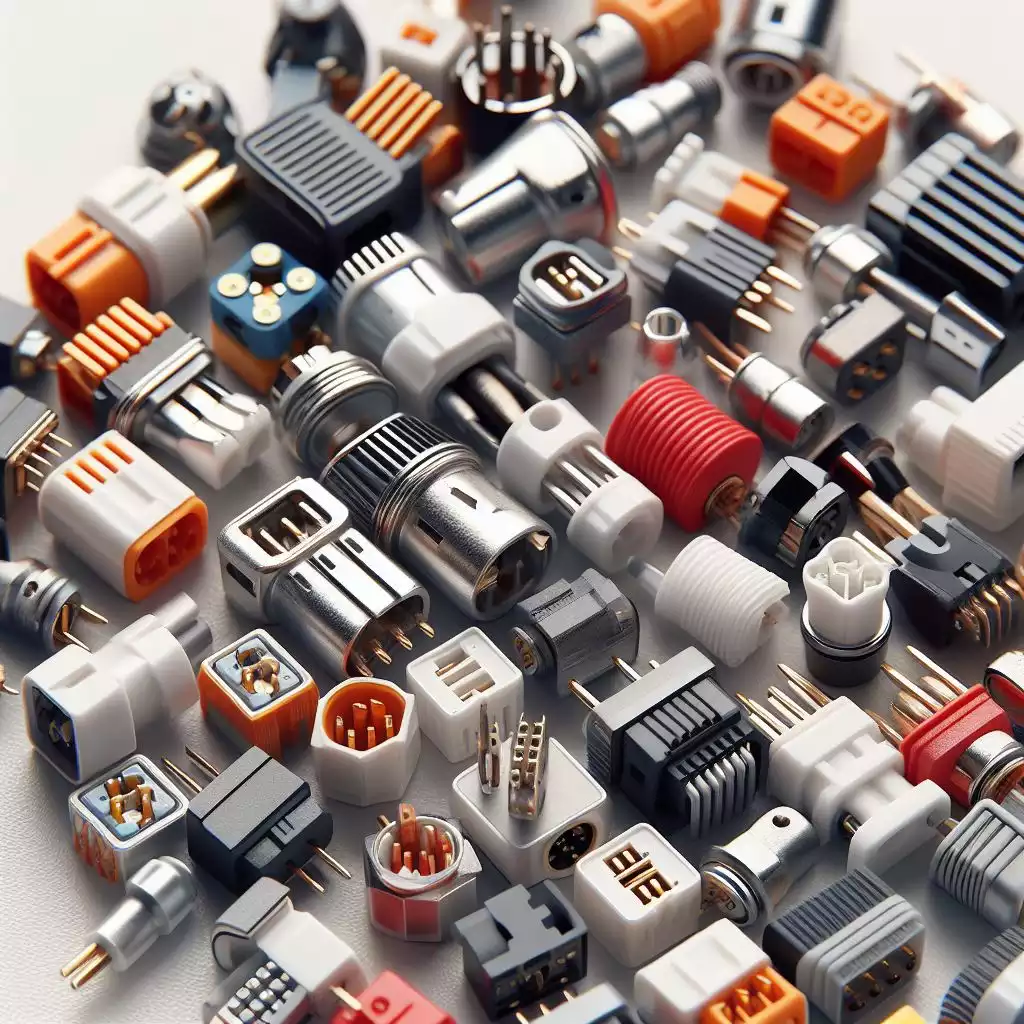When installing LED light strips, selecting the right connector becomes a critical consideration. LED strip light Connectors serve as a pivotal component to ensure the seamless flow of current, guaranteeing the correct operation of LED strips.
Misusing connectors can lead to unstable current flow, resulting in fluctuations in brightness and the lifespan of the light-emitting diode.
Therefore, the choice of the appropriate connector holds immense significance in the installation of LED light strips. Users often find themselves hesitating when making this selection. In the following sections, we will explore solderless and soldered connectors and determine which one is more suitable for LED lamps.
What is a solderless connector

A solderless connector is a tool designed for mounting LED strips without the necessity of soldering. This type of connector facilitates the transfer of electrical current through physical contact. Typically, these connectors feature an opening into which an LED light strip can be inserted and securely held in place using fastening mechanisms such as screws or snaps.
Common Types of Solderless Connectors
Snap Connector
This connector type incorporates a small snap that securely holds the LED strip in place. Installation is as simple as opening the clasp, inserting the strip, and closing the clasp.
Clip-on Connector
The clip-on connector conveys electrical current by clamping an LED strip between two metal components. This connector usually includes a small screw for fastening the metal part and the LED strip.
What is a Solder Connectors
Soldering the connector involves using a soldering iron to join the LED strip and connector. While this approach offers more stable and reliable current delivery, it entails a more intricate installation process.
Common Soldering Techniques
Manual Soldering
This is a basic soldering method utilizing an electric soldering iron and solder. First, solder is applied to the positive and negative electrode pads of the LED lamp, and then a soldering iron is employed to fuse the lamp’s positive and negative electrodes to the corresponding pads. While this method is relatively straightforward, it necessitates a certain degree of skill and experience to prevent potential damage to the LED lamp.
Reflow Soldering
Typically used in high-volume production, this automated welding process involves placing LED beads on a printed circuit board (PCB) pre-coated with solder paste, which is then heated in a furnace. As the temperature reaches a specific level, the solder paste melts, securing the LED beads onto the PCB.
Hot Air Gun Soldering
Suitable for specific situations, such as those where reflow soldering is unavailable. The method entails applying solder to the positive and negative electrode pads of the LED lamp bead, then using a hot air spray gun to simultaneously heat the positive and negative electrode pads. When the tin melts, tweezers are used to position the lamp bead’s positive and negative electrodes onto the corresponding soldering pads.
COB (Chip on Board) Process
This method involves packaging LED chips directly onto a circuit board. Differing from SMD (Surface Mount Device), which involves welding lamp beads to the PCB, the COB process initially covers the silicon chip placement points on the substrate’s surface with thermally conductive epoxy resin. Subsequently, it adheres the LED chip to the interconnect substrate through adhesive or solder, with the electrical interconnection between the chip and the PCB board achieved via wire (gold wire) bonding.
Heat Shrink Tube
The primary function of heat shrink tubing is to provide thermal insulation. After soldering the LED tube, a heat shrink tube is applied and heated, forming a sealed protective layer to prevent leakage. This enhances the connection strength of the joints, prevents moisture, dust, and other contaminants from entering, and prolongs the LED tube’s service life.
Choosing Solderless vs. Soldered Connectors
When to Opt for Solderless Connectors
Solderless connectors are suitable for LED light strip projects that require frequent replacement or repositioning, such as temporary displays or decorations. This is because the installation and removal procedures for solderless connectors are straightforward and do not demand specialized skills.
Additionally, if you have flexible LED strips, solderless connectors may be the preferred choice as they are generally easier to install on flexible LED strips.
When to Opt for Solder Connectors
Solder connectors are well-suited for long-term LED light strip projects like architectural or outdoor lighting, where consistent and reliable current delivery is imperative.
However, soldering requires specific skills and equipment. If you lack experience, professional assistance may be necessary.
Moreover, if your LED strip is rigid or must be utilized in hot or humid environments, solder connectors are typically the better choice as they offer enhanced protection.
In summary, choosing the right connector is pivotal for the success of LED light strip projects. A well-suited connector ensures stable current transmission, enabling LED light strips to function optimally, and ultimately extending their service life. Therefore, investing time in research and careful connector selection before commencing your LED light strip project is highly advisable.










